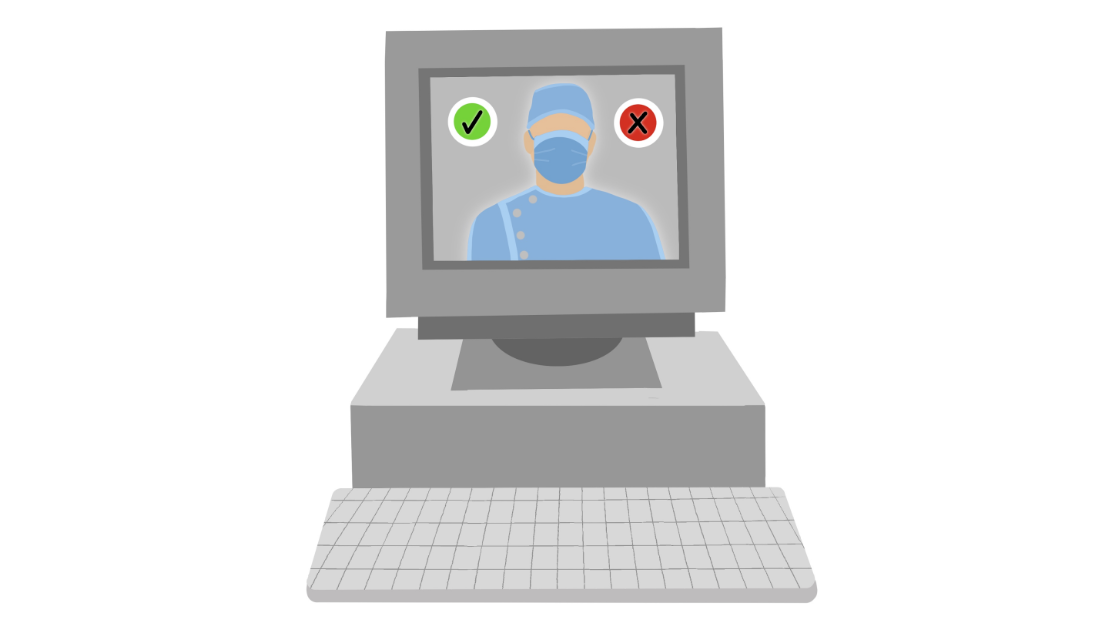Repeated practice is necessary to achieve mastery, which is no exception for surgical residents who often train directly on patients for four to six years. However, in this hands-on learning environment, even a minor mistake can be serious. To protect against such fatalities, a McGill research team constructed a solution.
“The implementation of competency-based surgical education, along with advances in virtual reality, has resulted in the development and utilization of virtual reality-based surgical simulators,” Rolando Del Maestro, professor emeritus in neuro-oncology at McGill, said in an interview with The McGill Tribune.
The Neurosurgical Stimulation and Artificial Intelligence Learning Centre recently published a study in JAMA Network Open. A collaboration between McGill clinical investigators, the study involved Del Maestro, educators in the Faculty of Medicine, and computer scientists specializing in artificial intelligence and machine learning.
The study introduces a virtual setting of surgical operation that can be used to accurately assess a surgeon’s performance level. It uses NeuroVR, one of the most advanced simulators in neurosurgery, which can accurately mimic the visual and tactile cues that surgeons receive during an operation.
“In the aviation industry, […] pilots are trained utilizing high fidelity simulations with haptic feedback [technology that can create an experience of touch],” Del Maestro said. “These simulation systems have improved safety [and] decreased human errors. Our research is focused on the utilization of these technologies.”
In the study, research participants, which included medical students, residents, and attending neurosurgeons, were asked to remove realistic brain tumours in virtual simulations. A machine learning algorithm, known as the k-nearest neighbours (KNN) algorithm, then classified participants’ performances as that of a medical student, junior or senior resident, or attending neurosurgeon.
When assessing surgical performance, researchers took 270 factors, such as hand movements, the level of force applied through an instrument, and the amount of bleeding from the incision, into account. After the participants performed the virtual neurosurgery simulations, the researchers transformed the raw data of performance into a quantifiable dataset of these factors that might affect surgical performance. Using machine learning algorithms, they ran multiple simulations to achieve the highest accuracy of evaluating surgical performance.
If the machine learning algorithm misclassified the surgical performance of a participant (for example, if it categorized the work of a medical student as that of a neurosurgeon), the research team identified the algorithm as inaccurate. In the end, the algorithm accurately assessed participants’ surgical performance 90 per cent of the time, with only five misclassified individuals out of 50 participants. This virtual platform for evaluation can thus provide budding surgeons an opportunity to identify their areas of improvement without putting a patient at risk.
“Artificial intelligence fused with these high-fidelity surgical simulators can enhance present models of surgical education by providing opportunity where learners can not only acquire advanced surgical techniques, but do so in environments without the limitations imposed by operating rooms,” Del Maestro said.
Research at the intersection of artificial intelligence and surgical education has been progressing rapidly. Currently, the research group has been able to develop a curriculum for medical students and residents that heavily incorporate virtual reality simulators.
“The future of surgical education is undergoing a revolution spearheaded by virtual reality and artificial intelligence technology, which will complement present teaching methods,” Del Maestro said. “These systems can be utilized by any profession which requires the utilization of expert bimanual skills, which also encompass such areas as dentistry and nursing.”






